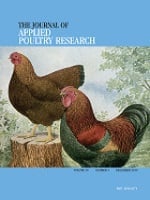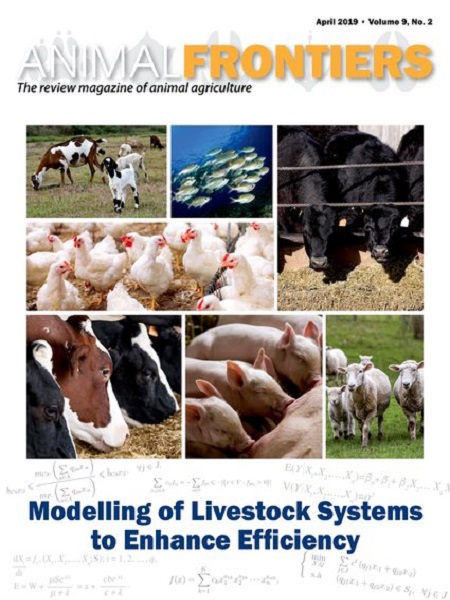

Продуктивність і ефективність виробництва
Ефективність виробництва забезпечується тоді, коли тварина досягає високого рівня продуктивності та ємності споживання корму, зберігаючи при цьому гарний стан здоров’я. Найбільша частка загальних витрат власника тваринницької ферми припадає саме на корм. Оптимізуйте свої інвестиції в розведення курей-несучок, забезпечуючи ефективне споживання поживних речовин, які сприяють стабільній яйценосності, міцному здоров’ю та підвищенню загальної продуктивності.

Оптимізація управління кормами та водою
Поживна якість, безпечність та постачання корму в оптимальній формі є вирішальними для підтримки здорового споживання корму в регульованій подачі. Не менш важливим є забезпечення відмінної мікробної та хімічної якості води — компонента з найбільшою часткою у споживанні курки-несучки. Вода відіграє ключову роль у формуванні складу яєць, терморегуляції та як носій для добавок.

Антимікробна резистентність
Зменшення залежності від антимікробних засобів має критично важливе значення для успішного вирішення проблеми антибіотикорезистентності. Завдяки обмеженому використанню антибіотиків вони залишаються ефективними тоді, коли це необхідно для підтримки здоров’я як курки-несучки, так і здоров’я людини.


